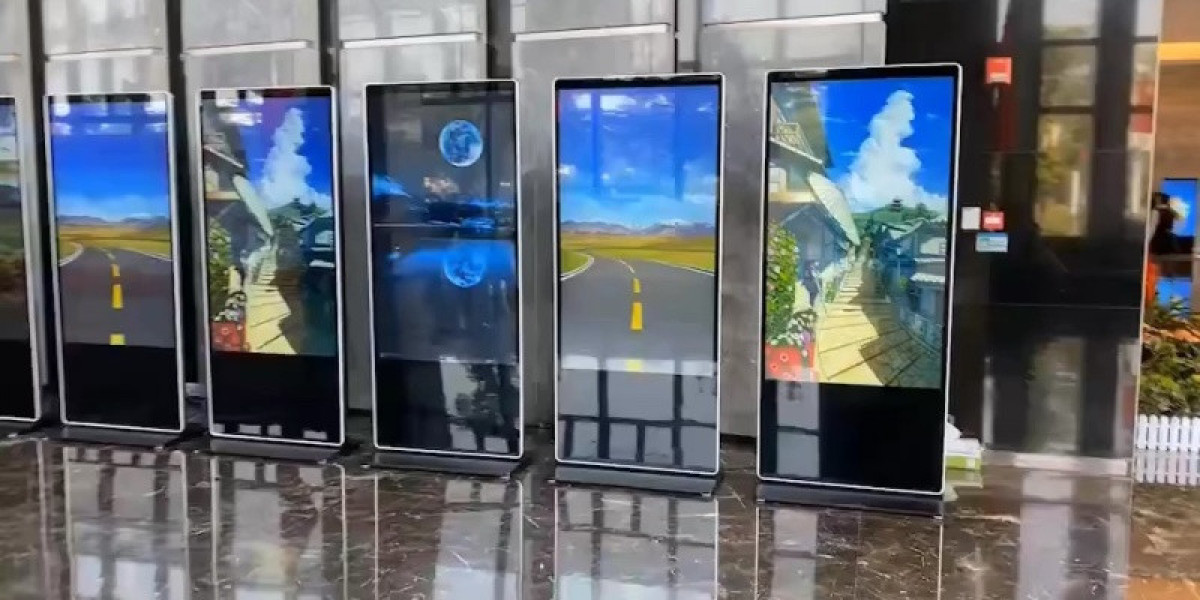Have you ever imagined that one day your package will see delivery by an autonomous robot? That future is here. With new technologies, the package can arrive at your doorstep autonomously without the intervention of humans. Delivering a package to the correct address is the most complicated phase of the delivery process. That is why using a machine to handle the task can significantly reduce costs and save time while human staff can manage other duties.
This technology has started to gain popularity across the globe which drives the demand for autonomous last mile delivery market. According to a prominent research firm, GMI Research, autonomous last mile delivery market size reached USD 947 million in 2022 and would reach USD 4,994 million in 2030. This rapid development is owing to the expanded use of aerial delivery drones and ground transport vehicles as well as the growing customer expectation for quick delivery alongside the implementation of modern avoidance and detection systems.
How are The Processes?
This cutting-edge technology requires several processes to complete.
1. Route mapping and coordination
Automated systems assess traffic flow, weather elements, and additional variables to identify the swiftest and most efficient routes. These solutions are capable of making immediate adjustments to manage unexpected issues like road closures.
2. Scheduling
Automated scheduling solutions adjust delivery schedules to align with customer time preferences and availability. The dynamic rescheduling facilitates automatic changes in case of delays or adjustments.
3. Communicate with customers
These technologies automatically send notifications and keep customers informed regarding their delivery status, estimated time arrival, and any adjustments or updates. Meanwhile, real-time tracking provides customers with constant updates on their package’s location. Furthermore, automated forms and surveys are utilized for gathering customer feedback following delivery.
4. Sorting and wrapping
Sorting systems automatically categorize packages by weight, size, and destination to optimize delivery operations. In earlier stages of logistics, robotic assistance is commonly utilized for labeling and packaging items.
5. Loading items onto vehicle
Robotic systems place packages onto vehicles to reduce human error and optimize efficiency. This technology can eliminate repetitive and heavy tasks for human labor which can save time and energy.
6. Delivery process
Autonomous cars and aerial drones handle package transportation and delivery independently without any human intervention. Autonomous robots and drones deliver the package directly to your doorstep from the vehicle.
7. Delivery confirmation
The last step is the verification and confirmation of the delivery. Images or electronic signatures from customers serve as delivery confirmation, with automated emails sent to confirm receipt and offer additional details.
The Technologies
In the delivery process, there are some technologies involved to ensure safety and accuracy.
1. Automated vehicles and aerial drones
These vehicles are important to substitute the human work in transporting the packages. There are some examples of these vehicles including self-driving cars which are equipped with cameras and GPS which can help them in navigating the roads. There are also aerial delivery drones which will be very important to avoid traffic jams and lead to faster delivery as it directly delivers the package via the sky. Not only vehicles, but there are also small-sized robots that are able to navigate pedestrians and sidewalks to safely deliver the package.
2. Robot manipulator and gripper mechanisms
This technology is crucial in helping robots to handle and grasp the package throughout the sorting, picking, and delivery processes. It includes robotic arms to pick and place the package gently and accurately, as well as advanced grippers which allow robots or drones to securely hold and release the package.
3. Navigation systems and route planning technologies
This technology might be familiar for most of us as GPS has been around for quite some time. However, this technology is still important in helping autonomous vehicles to navigate through specified delivery routes, while real-time mapping technologies provide accurate navigation and map assistance.
4. Cameras and sensors
To be able to navigate delivery paths and conduct the overall delivery process, it is important for delivery technologies to be equipped with cameras and sensors. This can include LiDAR sensors which calculate distances and determine obstacles along the way to guarantee safety and smooth navigation of the automated vehicles. Furthermore, vision cameras can help vehicles to interact with their environments.
5. Connectivity solutions
Even though the operations are conducted solely by machine and robots, human operators and customers need also to control and monitor the delivery process. This can happen by using connectivity solutions like 5G connections and IoT to ensure smooth communication between vehicles and operators. There is also V2X communication platform that enables automated vehicles to conduct communication with other devices, vehicles, and even traffic infrastructure.
6. Machine learning and AI
These technologies are also playing a crucial role in ensuring smooth delivery. Artificial intelligence can provide predictive analytics by analyzing data to maximize delivery paths and predict the possibility of delays. Meanwhile, machine learning can help in making decisions and improve adaptability of the delivery systems. These technologies are playing a crucial role in the development of the autonomous last mile delivery market.







